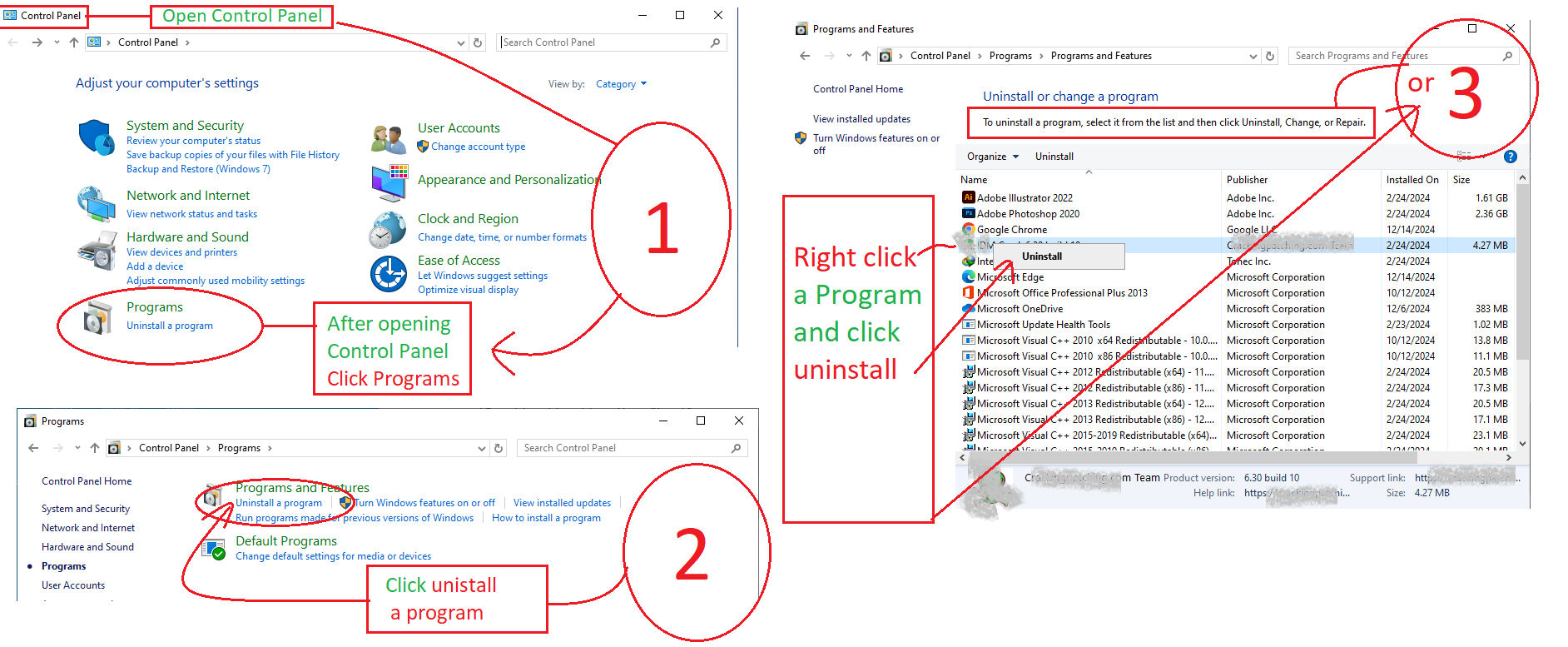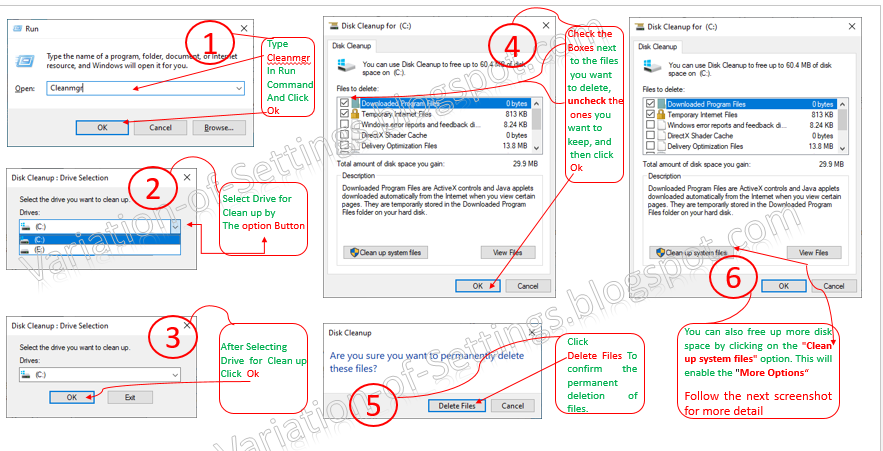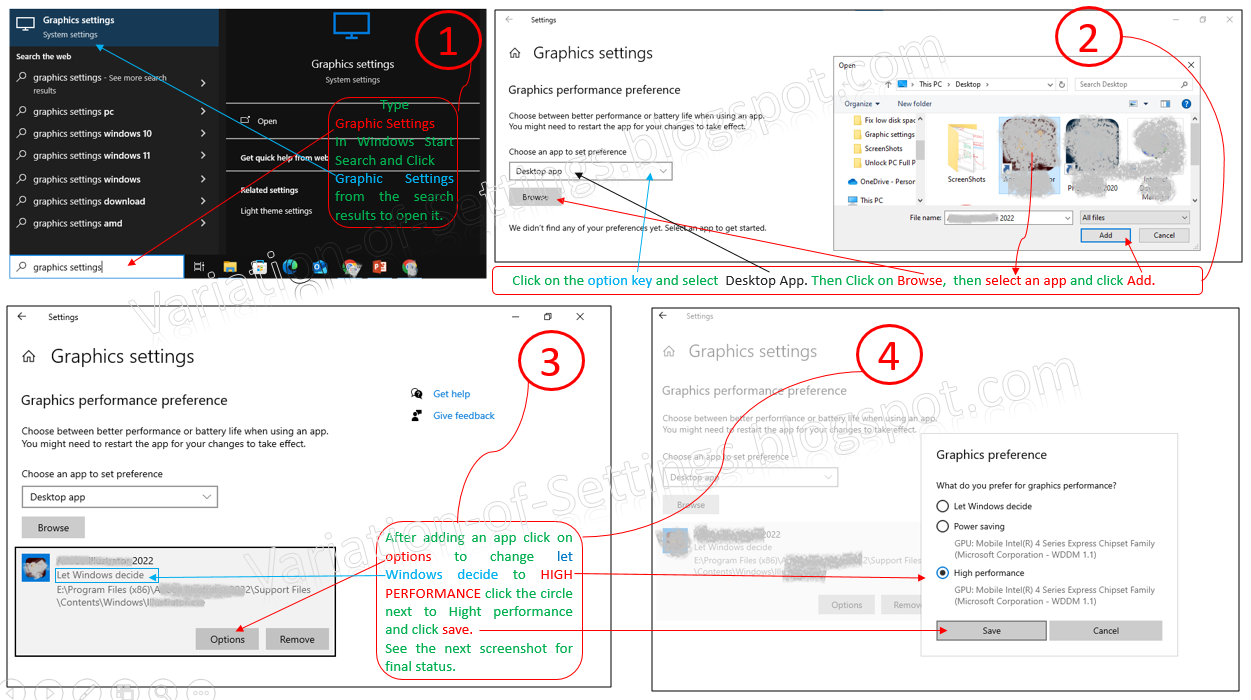Fix Low Disk Space Issues & Errors Plus Optimize fragmented Hard Drives
How to Resolve Low Disk Space Issues and Optimize Your Hard Drive
Resolving low disk space issues is crucial for ensuring your computer’s optimal health and functionality. A nearly full hard drive can lead to several problems, such as decreased speed, installation difficulties, and operational errors. To avoid these issues, it's important to regularly monitor your disk space and organize your files. You can free up space by removing unnecessary files, using cloud services, or expanding your storage with an external drive. Optimizing your hard drive is also important for smoother operation and faster startup times, and can help free up disk space.
Here’s a detailed strategy for optimizing your computer’s storage:
- Uninstall Unnecessary Software/Apps
- Use Disk Clean-up
- Turn On Storage Sense
- Optimise Hard Drives
- External Storage Transfer
- System Restore Limitation
- OneDrive File Management
- Duplicate file Removal
- Re-Adjust Hard Disk Partition Size
1. Uninstall Unnecessary Software/Apps
A user should check the list of installed programs on their computer to identify any unnecessary software or apps that may have been pre-installed or installed with other third-party programs, commonly referred to as "crapware" or "bloatware".
To uninstall such software, open the Control Panel, then "Programs and Features", select the program you want to uninstall, click on "Uninstall", or double-click the program and click "Yes" to remove it from the system.
Alternatively, you can right-click on the start menu, click on "Apps & features", and then find the program you want to remove and click "Uninstall".
2. Use Disk Clean-up
It is a useful tool that can help you quickly find and delete a large number of unnecessary files from your computer. It can be difficult to do this manually, but Disk Cleanup makes it easy.
To use this tool, simply type "cleanmgr" in the Run Command box, hit enter, select the drive you want to clean up, Click ok and wait for the search to complete. Once the search is finished, a list of deletable files and folders will appear. Check the boxes next to the files you want to delete, uncheck the ones you want to keep, and then click "OK".
You can also free up more disk space by clicking on the "Clean up system files" option. This will enable the "More Options" tab where you can clean up programs that you do not use by clicking on the "Clean up" option given in the box under "Programs and Features". You can even delete all the shadow copies of windows if any, and previous restore points except the recent one by selecting the clean-up option given inside the box under "System Restore and Shadow Copies". However, this last option is not recommended for new users.
3. Turn On Storage Sense
To free up space on your PC, you can use a feature called Storage Sense. It automatically removes temporary and unnecessary files, including those in the Recycle Bin, so you don't have to do it manually. This is a great alternative if you don't have time for a manual clean-up.To enable Storage Sense on your Windows computer, press the Windows key and type "Storage" in the search bar. Click on "Storage settings" from the search results, then turn on "Storage Sense" at the top. Next, click on "Configure Storage Sense or Run it now" and select how often you want the clean process to run - either "During low disk space" or every "Day", "Week" or "Month". You can also set the settings for the removal of temporary files that apps aren't using, the Recycle bin, and unused files in the download folder and set a period for their removal as well.
4. Optimise Hard Drives
Optimizing your computer's drives is crucial for improving its performance and freeing up disk space. When optimizing a traditional hard disk drive (HDD), the process involves defragmenting the data, which reorganizes fragmented files and folders into a continuous block on the drive. This can enhance system efficiency and potentially reclaim space by removing empty gaps between data segments.
For solid-state drives (SSDs), the optimization process is different and uses a technique called TRIM. This method allows the SSD to efficiently handle unused data blocks, ensuring swift execution of write operations without delays.
To optimize your drives in Windows, follow these steps:
1. Type "dfrgui" in the Run window and press Enter.
2. Select a drive from the available drives and click "analyze" to determine if optimization is necessary.
3. After the analysis is complete, click "optimize" or "defrag" if the drive requires optimization. Depending on the drive's size and level of fragmentation, this process may take some time. Wait until it's fully completed.
To schedule the process, click "change settings" and set a daily, weekly, or monthly optimization schedule, and choose the drives for the same.
5. Transfer to External Storage
For large files or those you don't access frequently, consider transferring them to an external storage device or a cloud service. This can include USB flash drives, external hard drives, or cloud storage options. Doing this frees up space on your main device and ensures that your important files are backed up and easily accessible.
6. System Restore Considerations
It's important to note that System Restore can consume a significant amount of space on your hard drive while creating restore points. To manage this, navigate to System Properties > System Protection and adjust the settings to limit the amount of disk space used for restore points. This helps maintain a balance between having a safety net for system recovery and conserving disk space.
7. OneDrive File Management
OneDrive offers the "on-demand" file access feature, allowing you to directly access your files from the cloud without using local storage. This means you can download files only when you need them, thus saving space on your device. It's an effective way to manage files, especially if you have limited storage capacity.
8. Duplicate File Cleanup
To further optimize your storage, consider using a specialized tool to locate and remove duplicate files. These tools scan your system for files with duplicate content but different names or locations. By eliminating these duplicates, you can free up space and keep your file system organized.
Always remember to back up your essential data before making any system changes to avoid unintended data loss.
updating...






.png)


Comments
Post a Comment